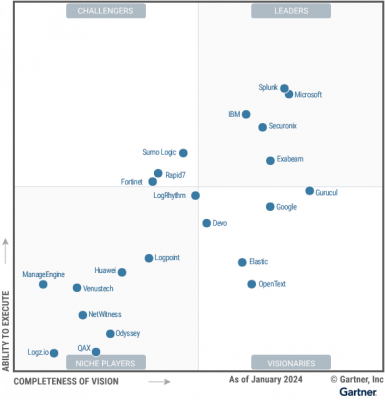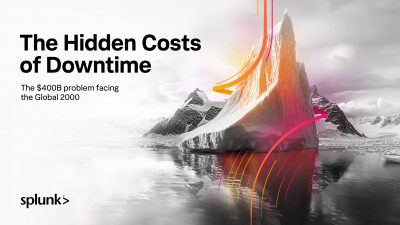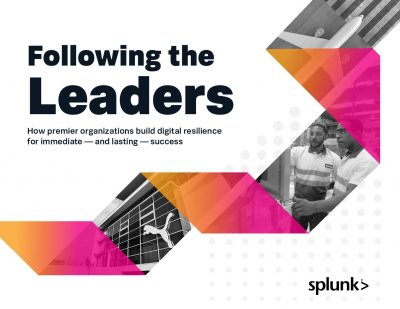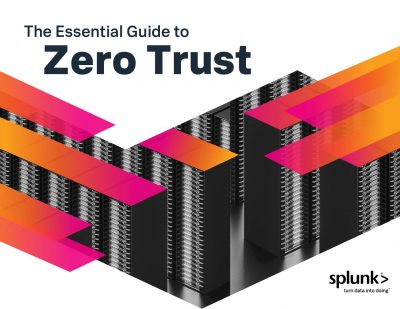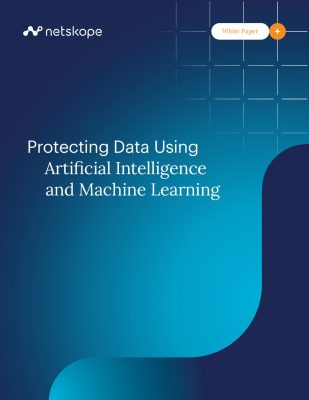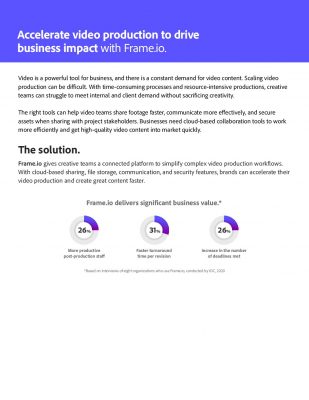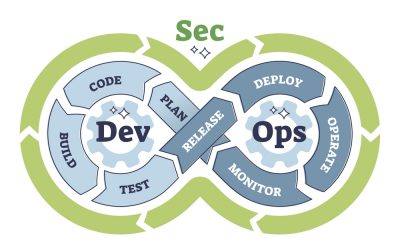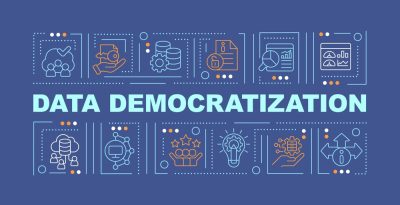Highlights:
- To succeed in the AI era, organizations must consider all their data, including often-overlooked unstructured data, as valuable assets.
- Managing unstructured data poses challenges for organizations, including data silos and complexities in source cataloging.
Data, in all its forms, is the base for sound decisions and the key to unlocking success. Hence considered as a powerhouse for many businesses.
Today, the sheer volume and variety of data make it harder than ever for organizations to manage. Unstructured data poses the biggest challenge for companies.
According to Statista, in 2021, 65% of respondents from the US and UK said documents are the main type of unstructured data in their organizations, followed by:
- User data- 58.8%
- Research data- 50.5%
- Video/media data- 49.2%
- Design data- 38.5%
In addition, according to IDC research, in 2022, 90% of organizational data was unstructured, totaling 57,280 exabytes. This volume is expected to grow by 28% to over 73,000 exabytes in 2023.
Supporting this, Gartner estimates that unstructured data constitutes approximately 80% to 90% of all new data generated by enterprises.
Actually, unstructured data, such as text, images, video, emails, meeting transcripts, notes, presentations, and instant messages, makes up most human communication and knowledge sharing.
Thus, managing and fully using vast amounts of unstructured data to leverage business strengths has become a important challenge for businesses today. But who can make it happen? The answer is generative AI.
Generative AI and Unstructured Data: Best Allies
GenAI relies on large language models (LLMs) trained on vast amounts of diverse data to enhance productivity, creativity, and decision-making at scale. Leading organizations now realize that deploying genAI requires both private and publicly available unstructured data.
With unstructured data, organizations possess a treasure of valuable data. However, according to IDC research, only half of this data is analyzed to extract its full value, with just 58% reused after its initial use.
The sad reality is unstructured data frequently goes unused, resulting in organizations being vulnerable to security threats. Due to this, organizations are missing out on opportunities like:
- Boosting productivity
- Innovating with AI
- Enhancing customer satisfaction
Many organizations experiencing the challenge due to silos of unstructured data spread across various applications, tools, and systems.
They often lack a unified security framework for unstructured data, which compromises governance and user access requirements.
Additionally, reliance on manual data classification consumes time, compromises data security, and slows down data retrieval processes.
Hence, businesses need to be well aware of the workflows that will change with profit-driven unstructured data management solutions.
The Rise of Generative AI in Transforming Workflows with Unstructured Data
GenAI models, which learn from huge amounts of unorganized data, have grabbed the attention of business leaders and consumers.
They are transforming how we work with machines, shaping things like:
- Creating new content
- Making chatbots smarter
- Analyzing text and videos in new ways
In accordance with IDC study, organizations anticipate numerous benefits from GenAI, the major one being enhanced productivity.
It consists:
- Optimized business processes
- Generated creative content
- Improved human-computer interaction
- Facilitated knowledge creation and sharing
The benefits covered above will further expand as companies tactically take advantage of unstructured data by fully utilizing and effectively managing it.
A Unified Unstructured Data Management: The Obvious Solution for Businesses
IDC research shows that although unstructured data exceeds structured data in volume and variety, spending on technology for utilizing unstructured data remains lower compared to structured data.
More clearly, the IDC study says just 40% of ‘data’ technology spending is directed towards projects focused on unstructured data.
To extract value from unstructured data, enterprises must tackle four key factors:
-
Complexity
Managing unstructured data is challenging for enterprises. Most struggle with data silos and difficulty in identifying and cataloging all data sources.
Also, when employees use numerous software tools, primarily for unstructured data, it adds to the complexity.
The rapid increase in connections between data sources and repositories is also a major issue, outpacing employees’ ability to manage them.
Integration with other technologies and the swift growth in data volume, variety, and velocity are also major concerns.
-
Business risks
Application sprawl and the subsequent fragmented unstructured data heighten security and compliance risks.
This sprawl produces more potential attack surfaces that need serious attention. It often includes different identity and authentication models.
-
Compliance challenges
A major challenge experienced by organizations is compliance with regulations, particularly concerning data privacy across various regulatory jurisdictions.
This issue persists due to content fragmentation across multiple applications and locations and is expected to continue with the invention of new data and AI regulations globally.
Fragmentation of unstructured data increases the risk of non-compliance with industry and government regulations, such as ITAR, GxP, GDPR, or HIPAA.
-
Productivity
IT staff spend excessive time securing unstructured data assets or integrating siloed systems. In contrast, business staff struggle to find relevant information within their workflow, leading to duplicated efforts in creating new data assets.
Factors like application sprawl and data fragmentation contribute to inefficiencies. Less than half of unstructured data is shared via centralized tools, with the majority shared through point-to-point methods like email or shared drives, hindering productivity and increasing the risk of data loss.
Furthermore, fragmentation limits knowledge sharing among employees and external stakeholders, posing challenges in environments with high employee turnover or an aging workforce.
Despite challenges, the potential value of unstructured data drives corporate priorities. IT leaders must prioritize a content strategy, recognizing the importance of addressing content-related difficulties and investing in unstructured data projects to unlock their benefits.
How Business Leaders Should Cope with Unstructured Data for Value Extraction?
To thrive in the AI era, organizations must view their data as an asset, including unstructured data, which often receives less attention than structured data.
However, organizations are increasingly acknowledging its significance and are prepared to allocate resources to initiatives aimed at extracting value, especially for training genAI models.
Recent advancements in unified unstructured data platforms offer opportunities for creative processes, regulatory compliance, productivity, and innovation.
Business and IT leaders should do the following:
- Assess the organization’s unstructured data and related processes.
- Evaluate the latest unified data platforms.
- Prioritize scalability, performance, manageability, interoperability, and security when selecting platforms.
- Implement data classification schemes for improved access and utilization.
- Evaluate AI offerings from unified data platform vendors and their future AI roadmap.
- Experiment with GenAI for productive use cases.
- Implement data literacy programs to enhance employee interaction with AI-driven solutions.
- Emphasize the human-in-the-loop approach to leveraging GenAI.
- Use GenAI to aid compliance teams in understanding unstructured data’s impact on regulations.
- Identify opportunities to integrate unstructured and structured data for optimized processes and data-driven decisions.
These steps will empower organizations to unlock the untapped value within their unstructured data.
Summary
As the significant growth of unstructured data continues, the capacity to explore its potential will unquestionably emerge as an essential element in shaping data-centric organizations.
Additionally, unstructured data analytics with new and sophisticated tools reveals valuable business insights. These revelations have the capacity to strengthen customer relationships, enhance marketing effectiveness, and ensure regulatory compliance.
So, what are you waiting for? Let’s consider the factors mentioned above and evolve your business into an enterprise utilizing 100% of unstructured data for business expansion.
Enhance your understanding by delving into various data-related whitepapers accessible through our resource center.





